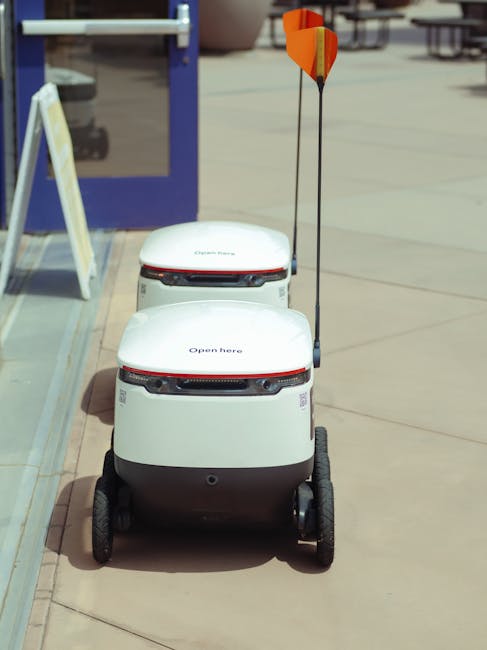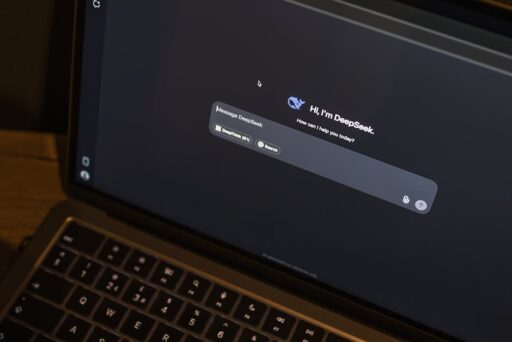Exploring Teen Engagement with AI Companions: Trends and Implications
In recent years, the interaction between teenagers and artificial intelligence (AI) companions has become a topic of growing interest and study. A significant portion of U.S. teens, approximately 72%, have experimented with AI chatbots designed for personal conversation, according to a recent study.
These AI companions are distinct from tools like homework assistants or voice-activated helpers, focusing instead on facilitating more personal dialogues. The study highlights that 52% of teens are regular users of such AI companions, with 13% engaging daily and 21% several times a week.
Interestingly, boys are slightly more likely than girls to have never tried these AI companions. The research, conducted by NORC at the University of Chicago, surveyed a representative sample of 1,060 teens aged 13 to 17.
The study sheds light on teens’ motivations for using AI companions, with 46% viewing them as tools, 33% using them for social interaction, and others for entertainment, curiosity about AI, or seeking advice. Despite this engagement, half of the teens expressed distrust in the information provided by AI.
Older teens are generally more skeptical than their younger counterparts regarding the reliability of AI advice. A third of teens reported finding conversations with AI more satisfying than those with real friends, but a majority felt otherwise.
The study also delves into the social skills practiced with AI, such as conversation starters, giving advice, and expressing emotions. Notably, 39% of teens used AI interactions to practice social skills for real-world application.
One positive outcome is that 80% of teens who use AI companions spend more time with real-life friends than with their AI counterparts, suggesting that AI has not yet replaced real-life interactions.






